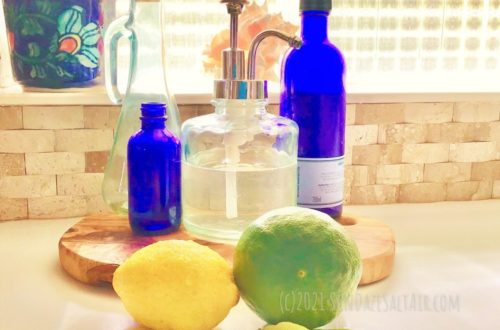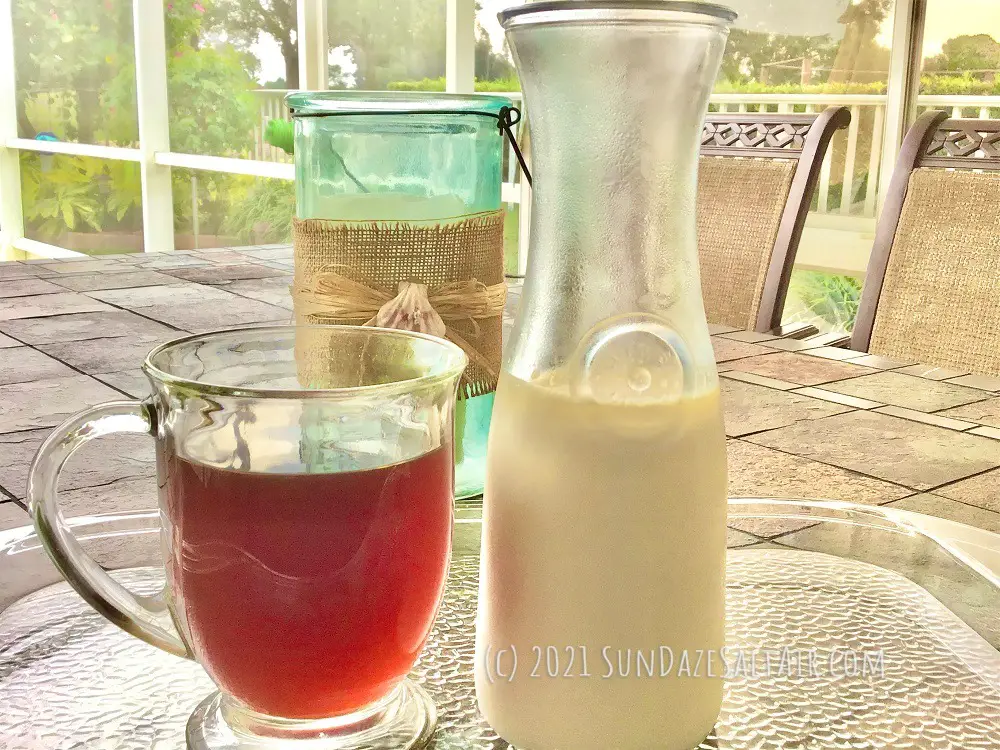
Best Healthy Homemade Coffee Creamer Made Naturally – No Trans Fats, Easy, Delicious
Why You Should Avoid Artificial Ingredients In Store-Bought Non-Dairy Coffee Creamer & Make It Yourself
Even if you are not a coffee drinker, the many enticing flavors of creamer on the market are enough to drive you to drink – coffee, that is. From French Vanilla to Caramel Macchiato to seasonal flavors like pumpkin spice, the options are endless. There are even candy bar flavors like Snickers. And if you are a coffee drinker, well, I’m sure nothing comes between you and your favorite flavor. But, if you have ever read the ingredients label, you may have been horrified to discover exactly what goes into your favorite creamer. Sugar, artificial additives and processed oils..? If you do a little research, you will find that many of these ingredients are quite hazardous to your health. Especially considering how regularly many of us consume coffee with some type of artificial creamer. Well, if you are as unnerved by the ingredients in your favorite creamer as I am, you will be happy to know you can easily make your own homemade coffee creamer using all-natural, healthy ingredients.
Plus, it tastes even more delicious than the processed store-bought stuff. Even better, it comes with the peace of mind of knowing you and your family are consuming only natural, whole foods.
Read on to find out why store-bought non-dairy creamers are not the healthiest option & then learn how to make a healthy, all-natural homemade creamer to have on hand anytime a craving hits.
**To skip straight to the recipe, scroll down to Best Healthy Homemade Coffee Creamer With All-Natural Ingredients…
What Are The Ingredients In Store-Bought Coffee Creamers?
**Health Disclosure: This article is for informational purposes only, and is not to be construed as medical advice. I encourage you to do your own research, for which I have provided links, and to always seek medical advice from your licensed medical care provider.
While we know that non-dairy creamer is, well, non-dairy, reading the label on most store-bought versions is a stark reminder of just how far “creamers” are from actual cream. After water, sugar is the top ingredient, followed by…. vegetable oil? Yep, usually some combination of soybean, canola, palm, coconut and/or cottonseed oil is next on the label. As if that isn’t bad enough, then we have the mono- and diglycerides, a few other artificial ingredients, and carrageenan. We all know about the risks of too much sugar in the diet, from weight gain to increased inflammation, diabetes, heart disease, and so on. But what about those oils and mono- and diglycerides that are such prominent ingredients in popular creamers?
What’s So Bad About Vegetable Oils & Mono- & Diglycerides?
First, There Were Partially Hydrogenated Oils & Trans Fats
Well, you may recall that not too long ago, many non-dairy creamers listed “partially hydrogenated” oils on their labels. Partially hydrogenated oils are formed through a process that adds hydrogen to vegetable oil causing the oil to become semi-solid (or solid in the case of hydrogenated oils) at room temperature. These processed oils are then less likely to spoil so foods made with them will have a longer shelf life.
Since a long shelf-life is a major benefit in the food industry, it is no surprise that partially hydrogenated oils became ubiquitous in many processed foods, not just non-dairy creamer. From all types of baked goods to shortening, margarine (or “buttery spread”), microwave popcorn, and peanut butter, most familiar long-life pantry staples included partially hydrogenated oils.
Good Bye Partially Hydrogenated Oils, Hello A Trans Fat By Another Name?
Unfortunately, this semi-solid “franken-oil” was found to cause all sorts of health problems. As health experts and then consumers came to realize these lab-created oils and the trans fats they contained are even more problematic for your heart and overall health than regular fat, a backlash began. For the record, trans fats in partially hydrogenated oils are linked to an increase in bad cholesterol (LDL); decrease in good cholesterol (HDL); clogged arteries; and coronary artery (heart) disease, as well as type 2 diabetes. Many experts began to recommend that consumption of partially hydronated oils be reduced or avoided completely whenever possible.
Of course, that was hard to do when they were everywhere, but then, gradually, they seemed to disappear from food shelves, much to the relief of increasingly health-conscious consumers.
**During the Fall, or whenever you crave a taste of autumn, be sure to check out Better Than Starbucks Hot Spiced Salted Caramel Apple Cider for the perfect cozy autumn drink…
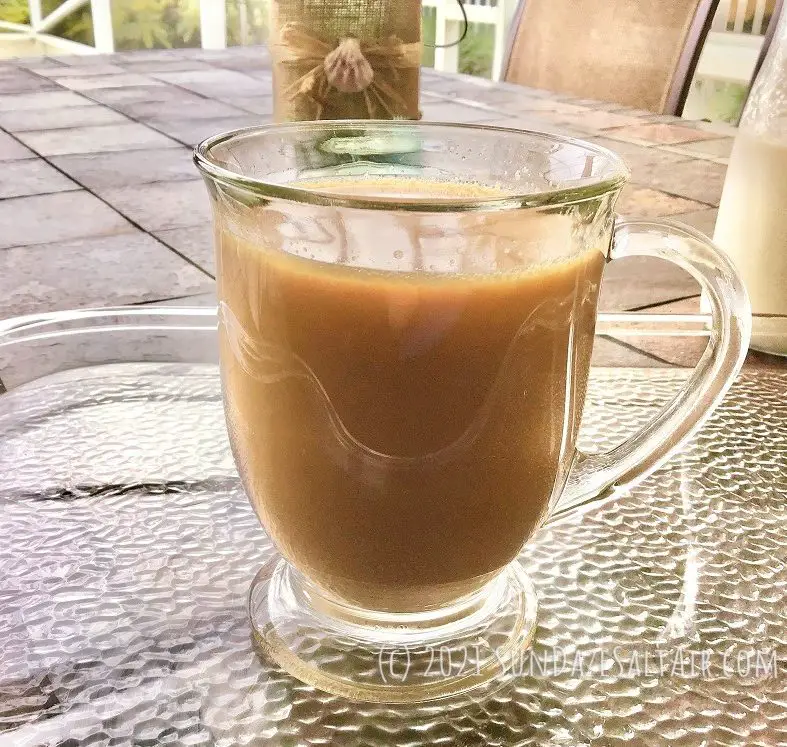
Here Come The Mono- & Diglycerides…
Following bad publicity over the health implications of these oils and the artificial trans fats they contained, along with new labelling requirements, things started to change. Partially hydrogenated oils were no longer on every ingredient label which seemed like a big win. Unfortunately, as companies looked for low-cost alternatives to partially hydrogenated oils, food labels began to include another far from natural-sounding ingredient known as…. monoglycerides and diglycerides.
Mono- and diglycerides are, in essence, yet another source of trans fats although they are not labelled as such since they are classified as emulsifiers, not lipids. However, like partially hydrogenated oils, these additives come from a chemical reaction that occurs during the processing of common oils like soybean, canola and cottonseed. This process turns the oils into emulsifiers.
What Do Mono- & Diglycerides Emulsifiers Do?
Emulsifiers are an important ingredient in processed foods to keeps oils and fat from separating. Emulsifiers also make food softer and creamier without the need to use more expensive ingredients like butter and higher quality oil.
Lastly but significantly, mono- and diglyceride emulsifiers accomplish the major goal every food company desires in a food additive; they increase the shelf life of breads, cakes, cookies, and doughnuts, not to mention peanut butter, buttery spreads, granola bars, microwave popcorn and yes, coffee creamer. Sound familiar?
Seek & Ye Shall Find… Mono- & Diglycerides Everywhere?
But, while mono- and diglycerides also contain amounts of trans fats, the FDA does not require them to be labelled as such on food packages since the labelling regulations apply only to triglycerides and not mono- and diglycerides. The FDA generally recognizes mono- and diglycerides as safe and indicates they can be used in food without limitation. Companies that sought to replace the now scorned partially hydrogenated oils, now often use mono- and diglycerides in their place.
And, if you have read any food labels lately, you are well aware that mono- and diglycerides populate the ingredient lists of many popular processed foods with a long shelf-life.
Mono- and diglycerides are not only on your grocery store shelves, but they are also in many of the foods served at popular restaurants, too.
So, What To Do? Make Homemade Coffee Creamer Free Of Additives
So, how can we minimize our consumption of these hazardous trans-fat containing additives? Since mono- and diglycerides are cheap and make food last, they are not likely to go away anytime soon. While ingesting small amounts is inevitable, because they are present in many common foods, the effects will be cumulative. It is the cumulative damage that can eventually lead to an increased risk of heart disease and stroke over time.
Therefore, when it comes to foods or drinks you consume on a regular basis like creamer in your daily coffee, it makes sense to take control of your health by making all-natural healthy homemade creamer yourself. Especially when it is so easy to DIY with your preferred type of milk and sweetener.
Although you may not be able to avoid mono- and diglycerides completely, such as in the occasional holiday cake, cookie or donut, try to eliminate them where you can. Recipes that you can easily make at home like homemade coffee creamer are a perfect place to start…
So, now that we are aware of why homemade is better for your overall health, let’s get started with this Best Healthy Homemade Coffee Creamer recipe….
*Note: This post contains some affiliate links for which a small commission may be earned if you decide to make a purchase through a link.

TIP: Whether you want a Tuscan trattoria / bistro feel when serving wine or a farmhouse feel when serving coffee creamer, this carafe delivers…

TIP: Turn This Homemade Coffee Creamer Into A Frosted Lemonade Like Chick-fil-A But Better
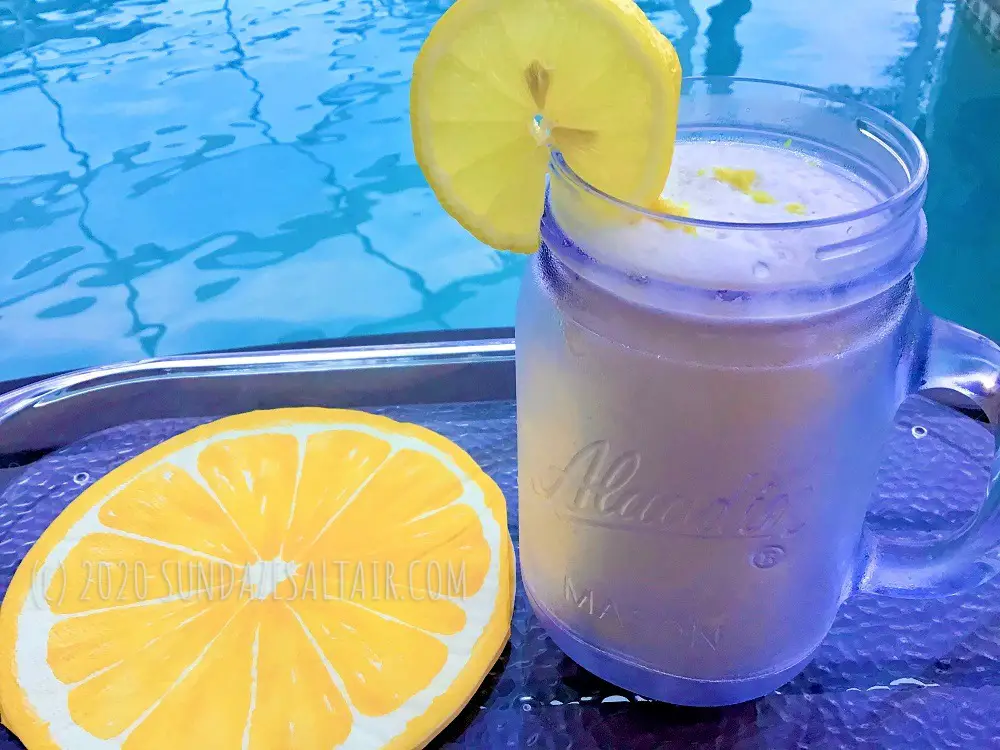
In the summer, or whenever you crave a frosty, creamy lemonade, use this homemade creamer recipe to turn a simple lemonade into a creamy, deliciously refreshing Frosted, Whipped Lemonade Like Chick-fil-A But Better here…
Best Healthy Homemade Coffee Creamer With All-Natural Ingredients
Why Use Pure Maple Syrup As A Sweetener?
Not only does maple syrup impart a rich, slightly caramel taste, meaning you can use less of it, it is also lower on the glycemic index than refined sugar. This means maple syrup will impact your blood sugar levels more slowly than refined sugar, which is an important consideration for any of you trying to control your sugar levels. Pure maple syrup also happens to contain small amounts of trace minerals, such as manganese and zinc, which are very important for many bodily functions, and which you should try to obtain through a balanced diet. Don’t just take my word for it though, read about it here and even more importantly, discuss concerns about sugar consumption with your doctor.
Easy & Customizable
While this recipe is essentially a homemade sweetened condensed milk made with maple syrup, it does not taste overly maple-y at all. It is flavorful without being too sweet which makes it ultra-versatile. You can also make it totally dairy-free by using your favorite nut-based milk, for example. Keep in mind, however, that milk or cream with a higher fat content will yield a richer result.
This recipe is so versatile, you can even use it over ice cream, cake, and pie, as well. And don’t forget to experiment with different add-ins to create your own unique flavors. For instance, in the Fall, add some pumpkin pie spice to this basic recipe for an Autumn-Inspired Best Healthy Homemade Coffee Creamer. During the holidays & Christmas season, add a splash of peppermint extract.
Ingredients
To make the sweetened condensed milk:
2 cups organic whole milk (or your milk of choice such as oat, almond, etc.)
1/2 cup maple syrup
1 tablespoon butter
1/2 teaspoon pure vanilla extract (or vanilla beans)
To assemble:
coffee
Optional add-ins:
cinnamon, splash of amaretto, salted caramel sauce… you get the idea
Instructions
Combine milk and maple syrup in a medium-sized saucepan. Simmer over medium-low heat, stirring occasionally to prevent curdling. Continue to stir and simmer over medium-low heat until milk has reduced by about half, which should take no longer than 20 minutes. Once reduced, remove the pan from the heat and stir in the butter and vanilla. Let stand to cool completely. Use it to flavor your favorite coffee, cocoa, or even tea.**
**You can store your homemade coffee creamer/sweetened condensed milk for up to one week in your refrigerator.
********
Have you tried making this Healthy Homemade Coffee Creamer? Let us know how it turned out in the comments!


You May Also Like

The Best Colorful Landscape Lighting Ideas With Color Changing Lights Plus Advantages Of LED Outdoor Lights To Illuminate Your Landscape
September 23, 2021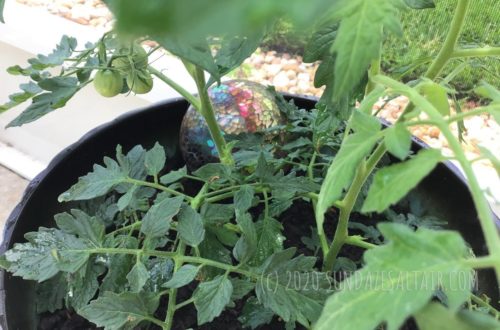
How To Grow Tomatoes In Pots Easily Without A Garden For The Tastiest, Freshest Tomatoes Ever
July 12, 2021